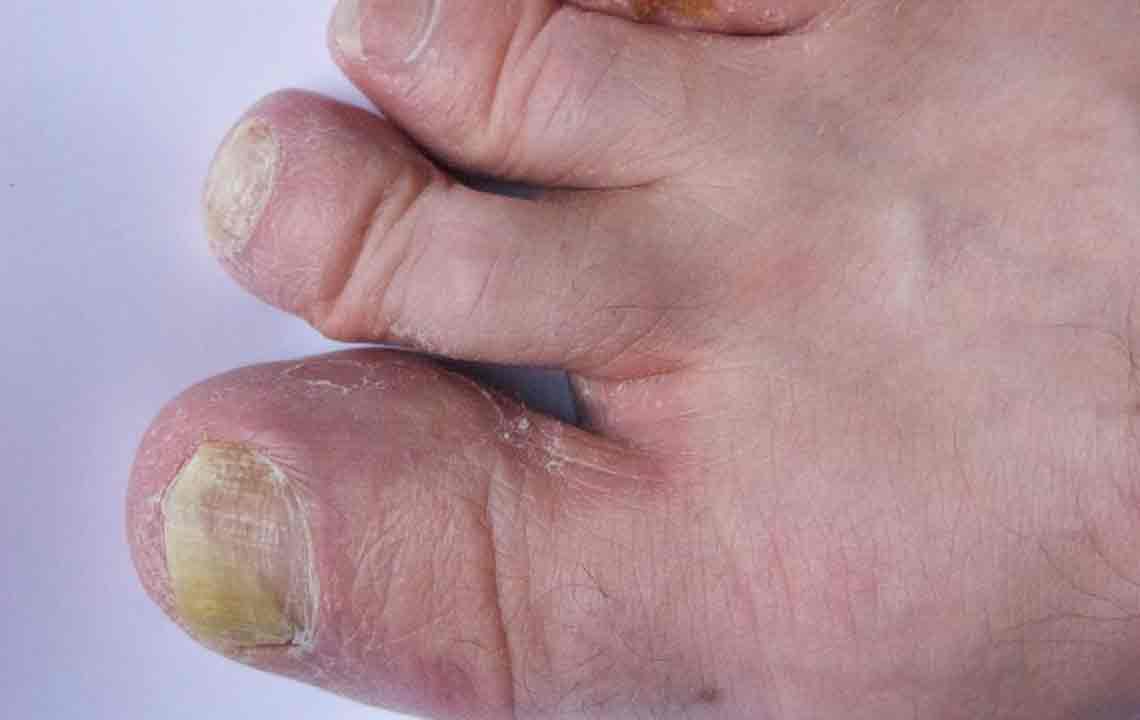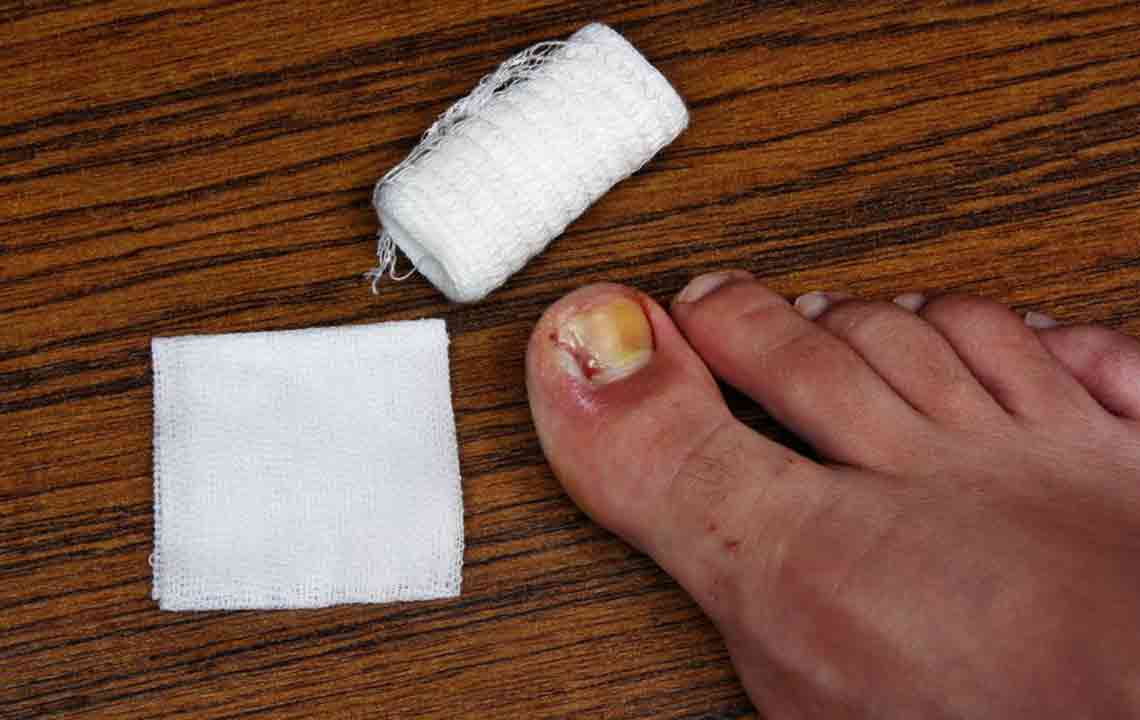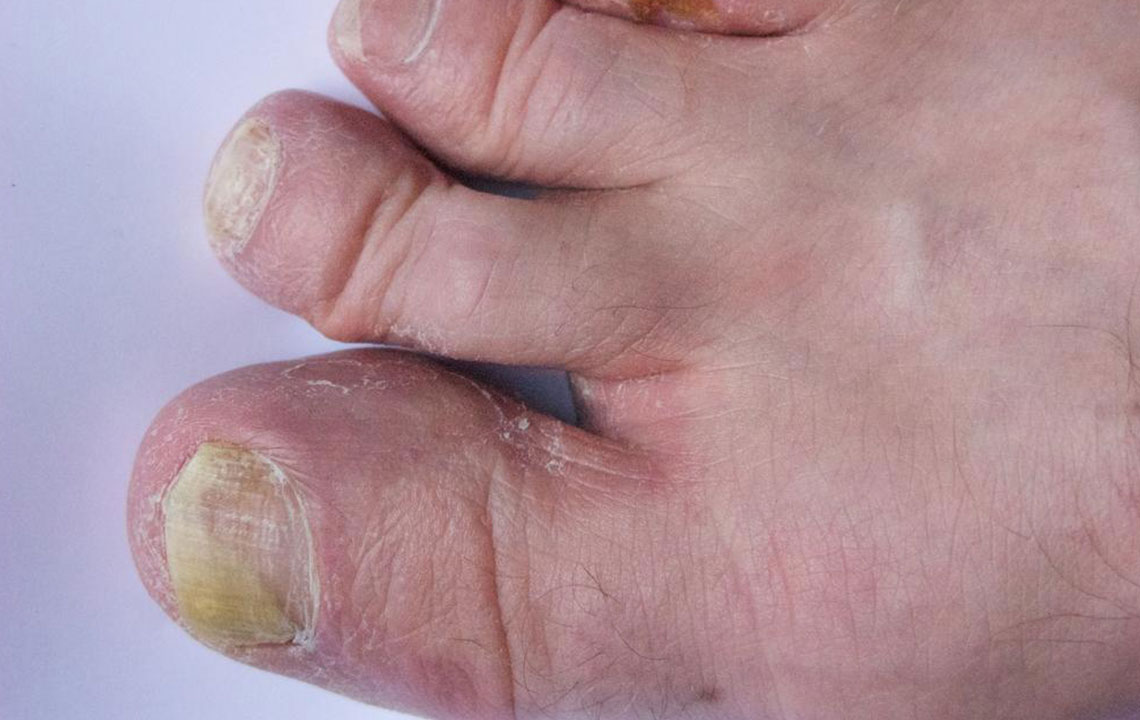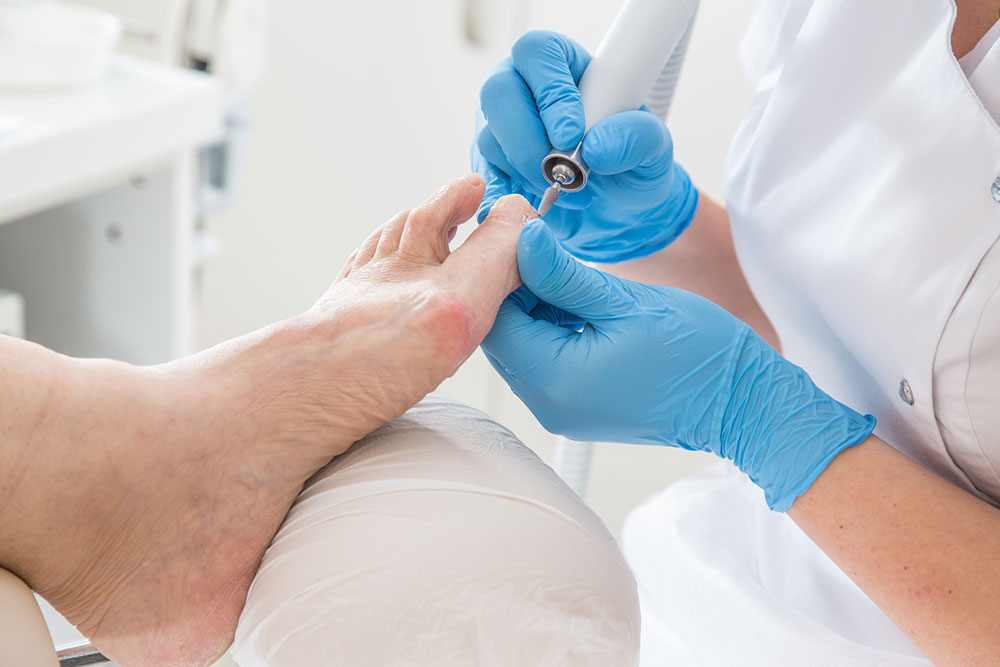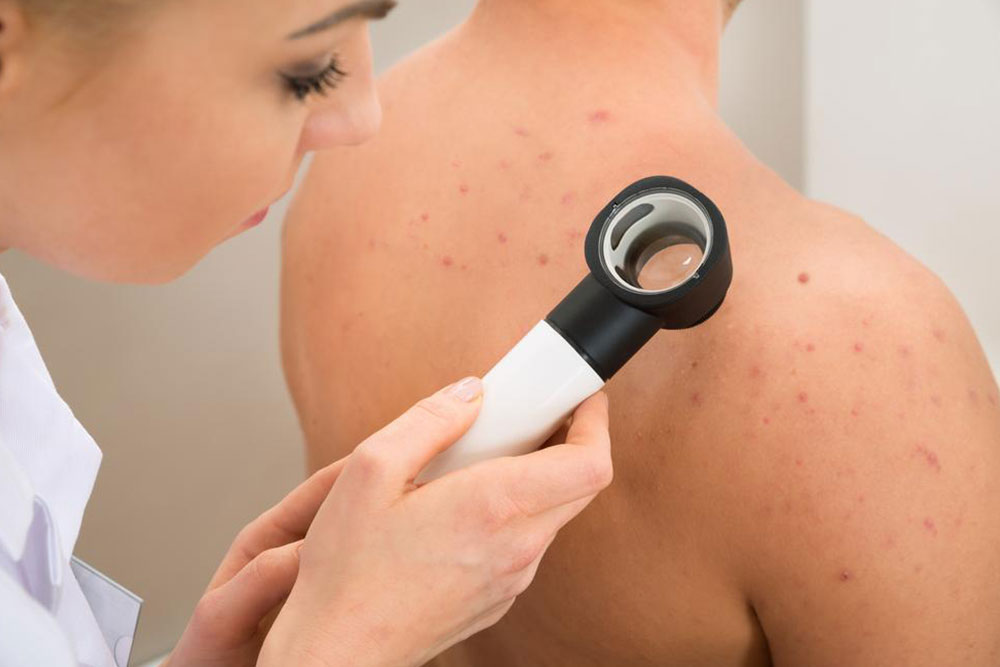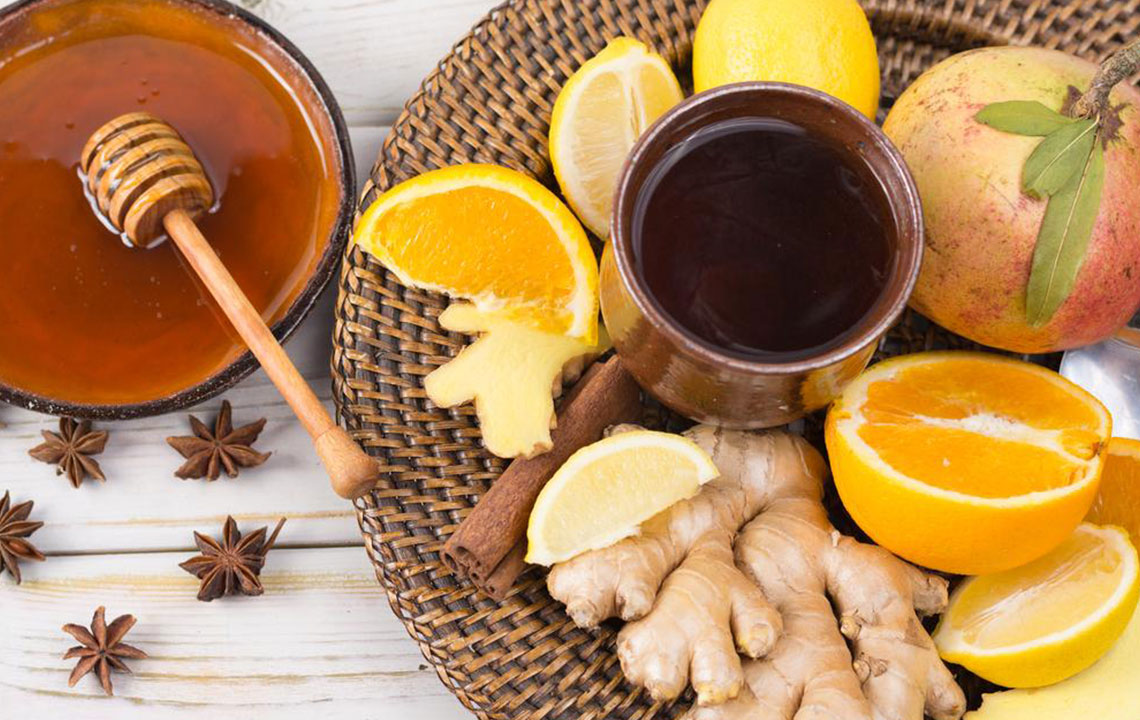Comprehensive Guide to Using Listerine as a Natural Remedy for Toenail Fungal Infections
Discover how Listerine, a common antiseptic mouthwash, can effectively treat toenail fungal infections at home. This comprehensive guide covers preparation methods, active ingredients, usage tips, and precautions to help you restore healthy nails naturally. With consistent application and good foot hygiene, Listerine offers a cost-effective alternative to medication, making it ideal for mild to moderate fungal cases. Patience and persistence are vital, and this natural remedy can be a valuable part of your foot care routine for long-term fungal prevention and nail health restoration.

Comprehensive Guide to Using Listerine as a Natural Remedy for Toenail Fungal Infections
Toenail fungal infections, medically known as onychomycosis, are common foot health issues that can cause significant discomfort, aesthetic concerns, and potential complications if left untreated. These infections often start subtly, with subtle dark spots under the nail or white deposits in the nail bed, gradually progressing to more noticeable discoloration, thickening, and brittleness of the affected nail. The affected nails may become yellowed, white, or even brown, and in more severe cases, they might crumble or detach from the nail bed entirely. Persistent fungal infections not only lead to painful, foul-smelling nails but can also increase susceptibility to secondary bacterial infections, which complicate healing and may require medical intervention.
Many individuals delay treatment until symptoms become severe, risking permanent damage to nails and surrounding tissues. Addressing toenail fungus early is crucial, and various treatment options are available, ranging from pharmaceutical prescriptions to natural home remedies. Among the most popular and accessible natural treatments is the use of Listerine, a well-known antiseptic mouthwash that has gained recognition for its potential efficacy in combating fungal infections of the toenails. Its combination of potent antiseptic ingredients makes it a practical choice for those seeking a home-based remedy without the need for costly medications.
To effectively utilize Listerine for toenail fungus, an easy-to-implement home remedy involves creating a foot soak. Prepare a basin large enough to fully immerse your feet. Mix two parts warm water with one part Listerine, ensuring the solution is warm enough to promote absorption but not hot enough to cause discomfort. Soak your feet in this solution for about 20 to 30 minutes daily. Consistent use helps the antifungal properties work to kill the fungi, reduce inflammation, and promote healthier nail regrowth. For best results, some users supplement this routine by applying soaked cotton balls directly onto infected nails or combining Listerine with vinegar, known for its antifungal properties. For a more straightforward approach, wearing Listerine-infused rubber boots or foot wraps throughout the day can also be effective, especially for busy schedules. Maintaining proper foot hygiene—keeping nails trimmed and dry—is essential to enhance the effectiveness of this treatment.
But what makes Listerine particularly effective against toenail fungi? The answer lies in its potent blend of active ingredients. Eucalyptol (from eucalyptus oil), thymol, and salicylate are some of the key components responsible for its antifungal and antiseptic properties. Eucalyptol exhibits antimicrobial effects that kill fungi and bacteria, while thymol acts as a powerful disinfectant. Salicylate helps reduce inflammation and promotes healing. This synergy of ingredients allows Listerine to penetrate beneath the nail surface, targeting the fungal colonies directly. Many users report significant improvements after consistent application over several months, highlighting the importance of patience and regular use.
It’s important to note that while Listerine is generally safe for topical use, individuals with sensitive skin should perform a patch test before extensive application. Avoid applying Listerine on broken or irritated skin, and refrain from using it if you have ingrown toenails or wounds in the affected area. For persistent, severe, or recurrent infections, consulting a healthcare professional is recommended. In some cases, prescription antifungal medications or topical treatments may be necessary to fully eradicate the infection. Additionally, adopting good foot hygiene practices—including keeping feet dry, wearing breathable footwear, and avoiding sharing personal items—will help prevent future fungal infections.
Patience is key when treating toenail fungus with natural remedies like Listerine. Visible improvements may take several months, but with dedication and proper foot care, it is possible to restore healthy, attractive nails. Remember, early intervention not only speeds up recovery but also reduces the risk of complications.
In summary, Listerine serves as a natural, accessible, and cost-effective home remedy for toenail fungal infections. Its antifungal, antiseptic, and anti-inflammatory properties make it an effective component of a comprehensive foot care routine. When combined with good hygiene practices and proper nail care, Listerine can assist in clearing fungal infections, restoring nail health, and preventing recurrence in the future. Always consult a healthcare provider for persistent or severe cases to ensure appropriate treatment and recovery.
